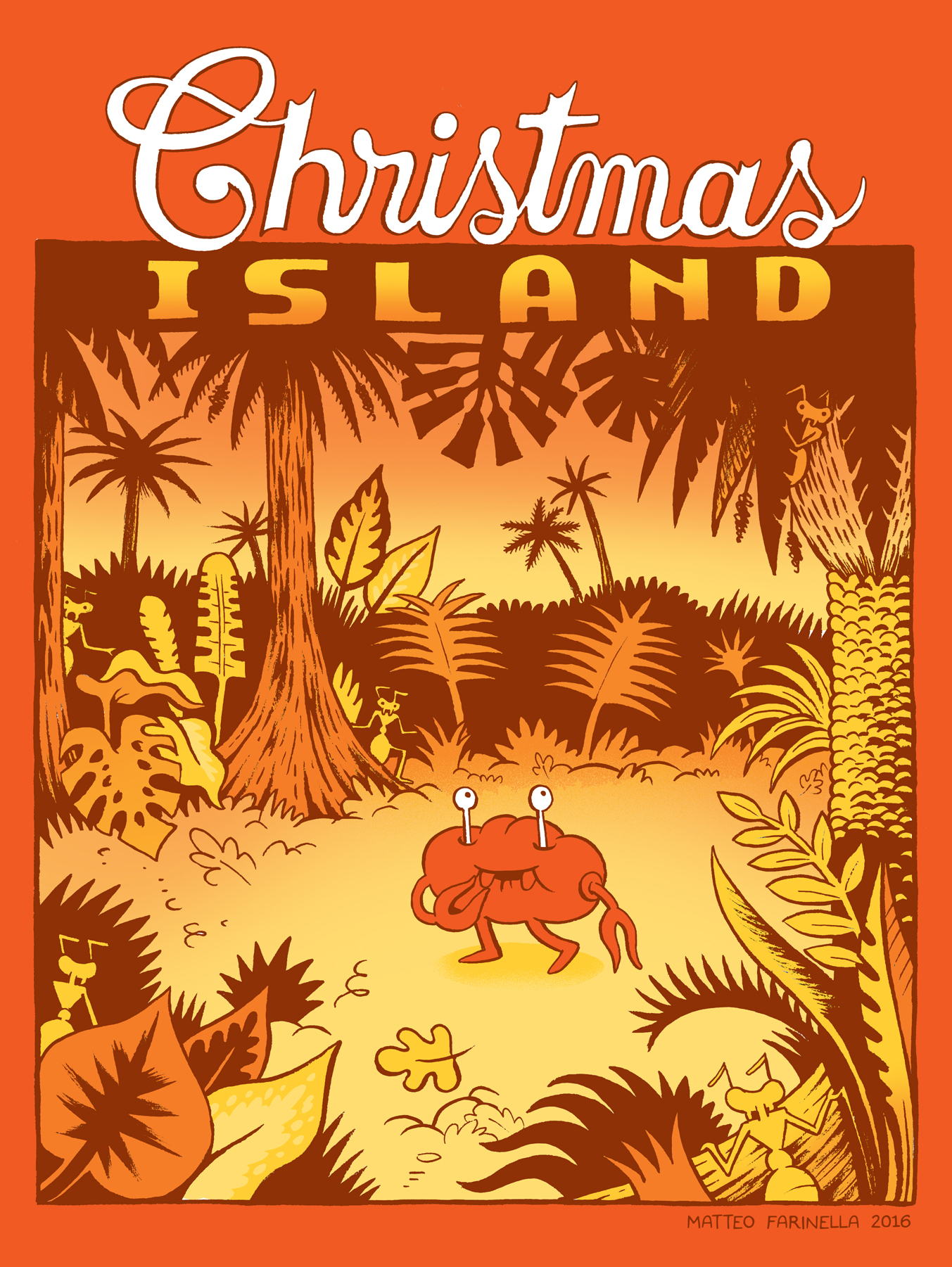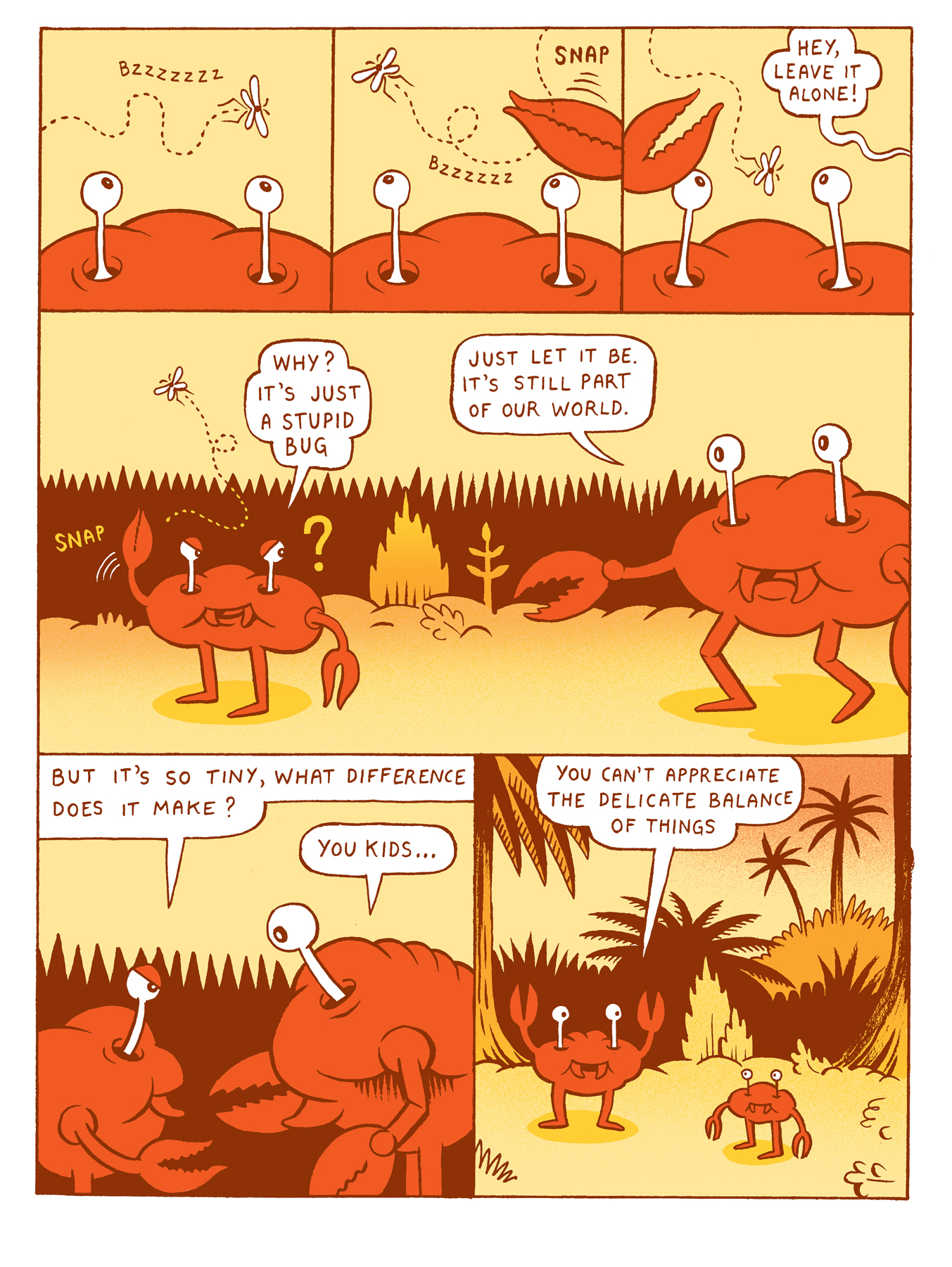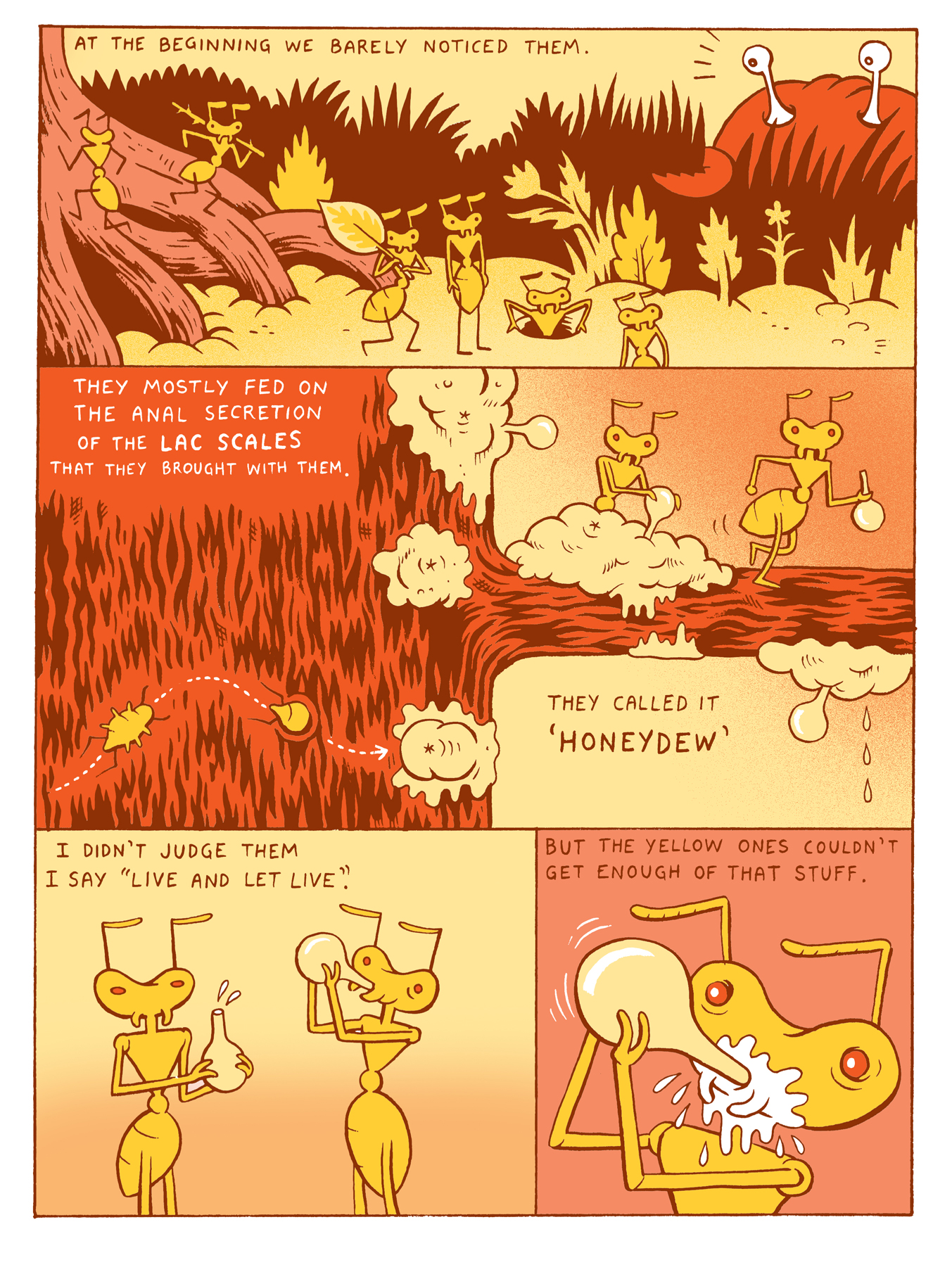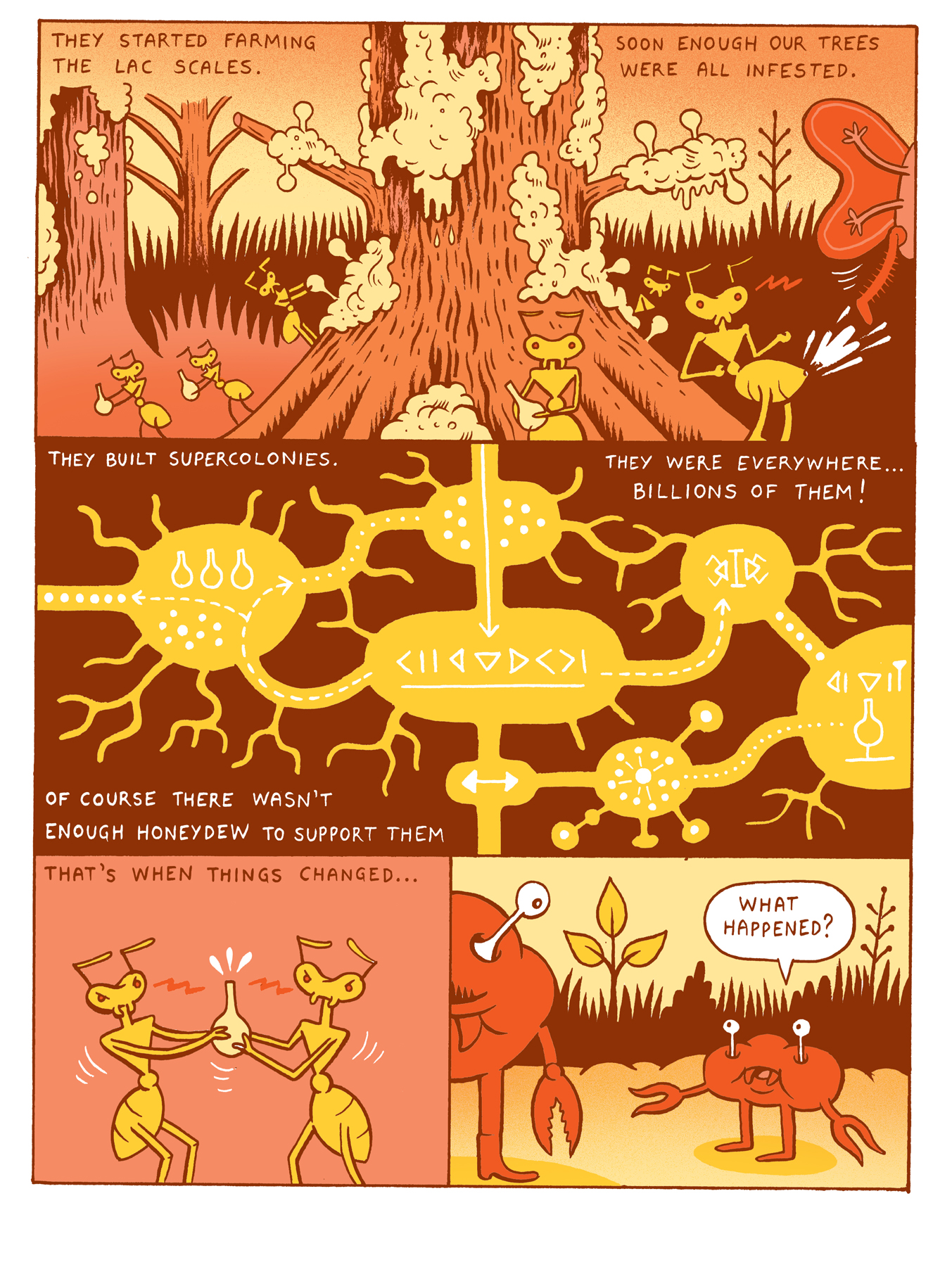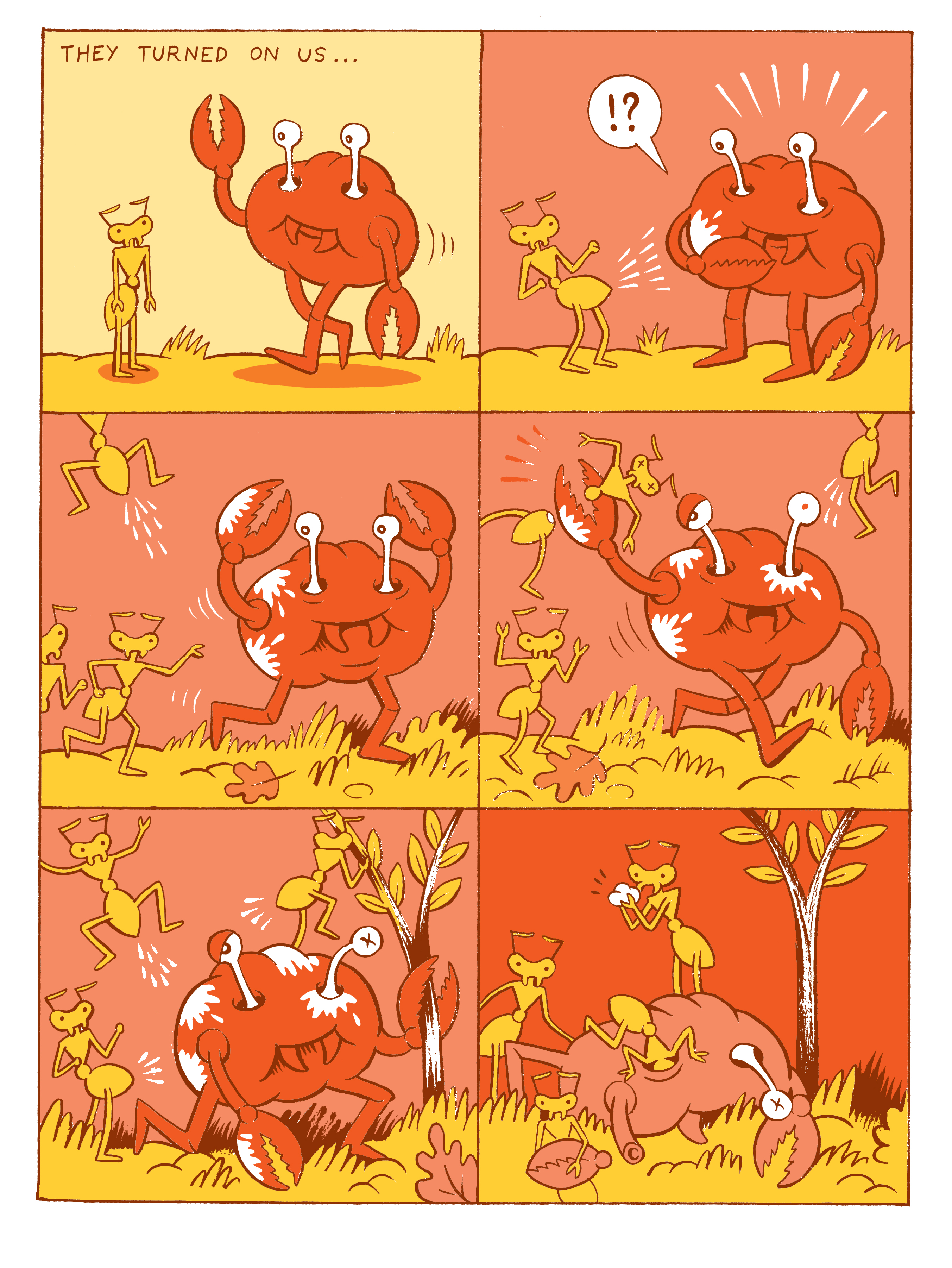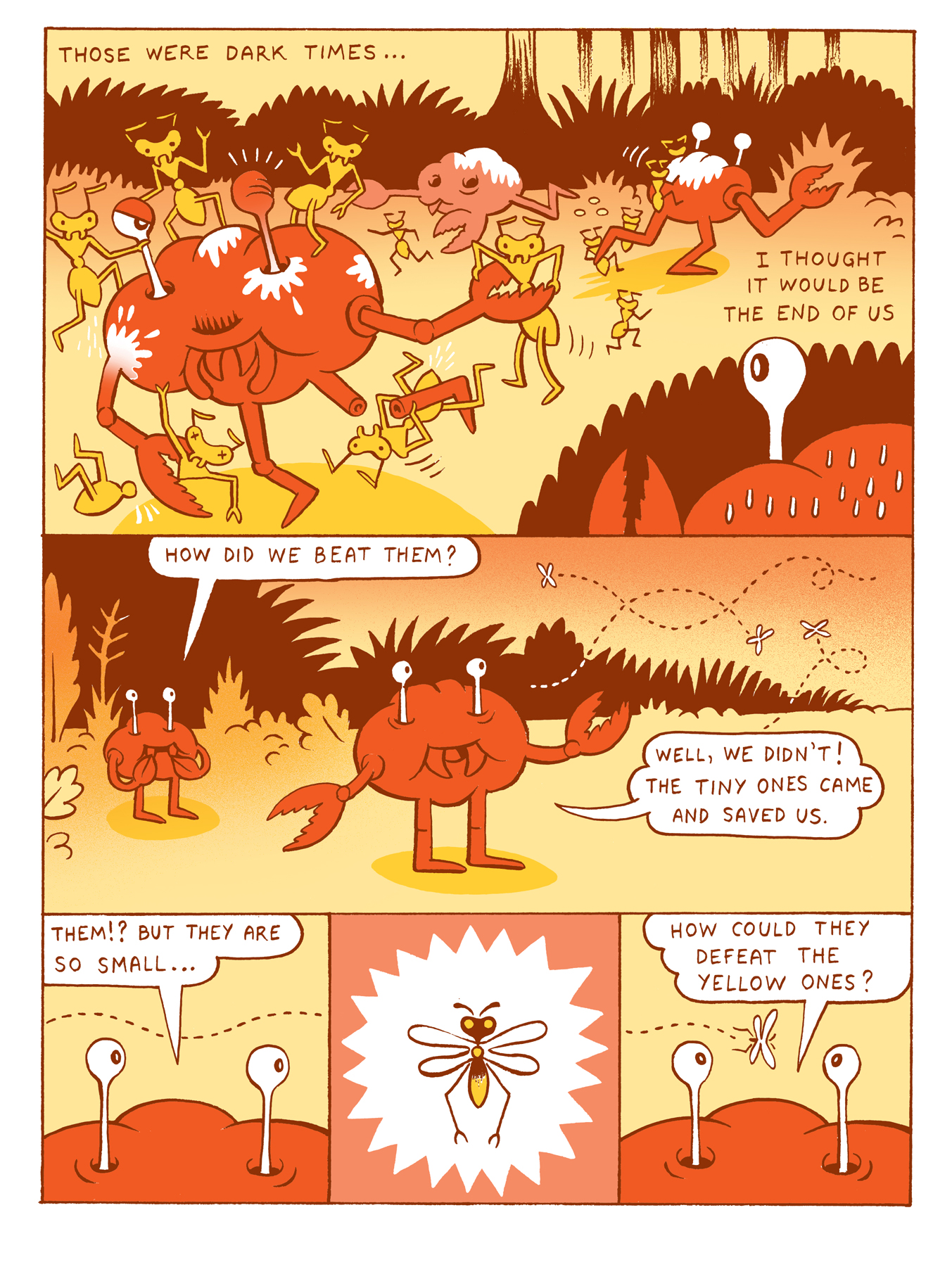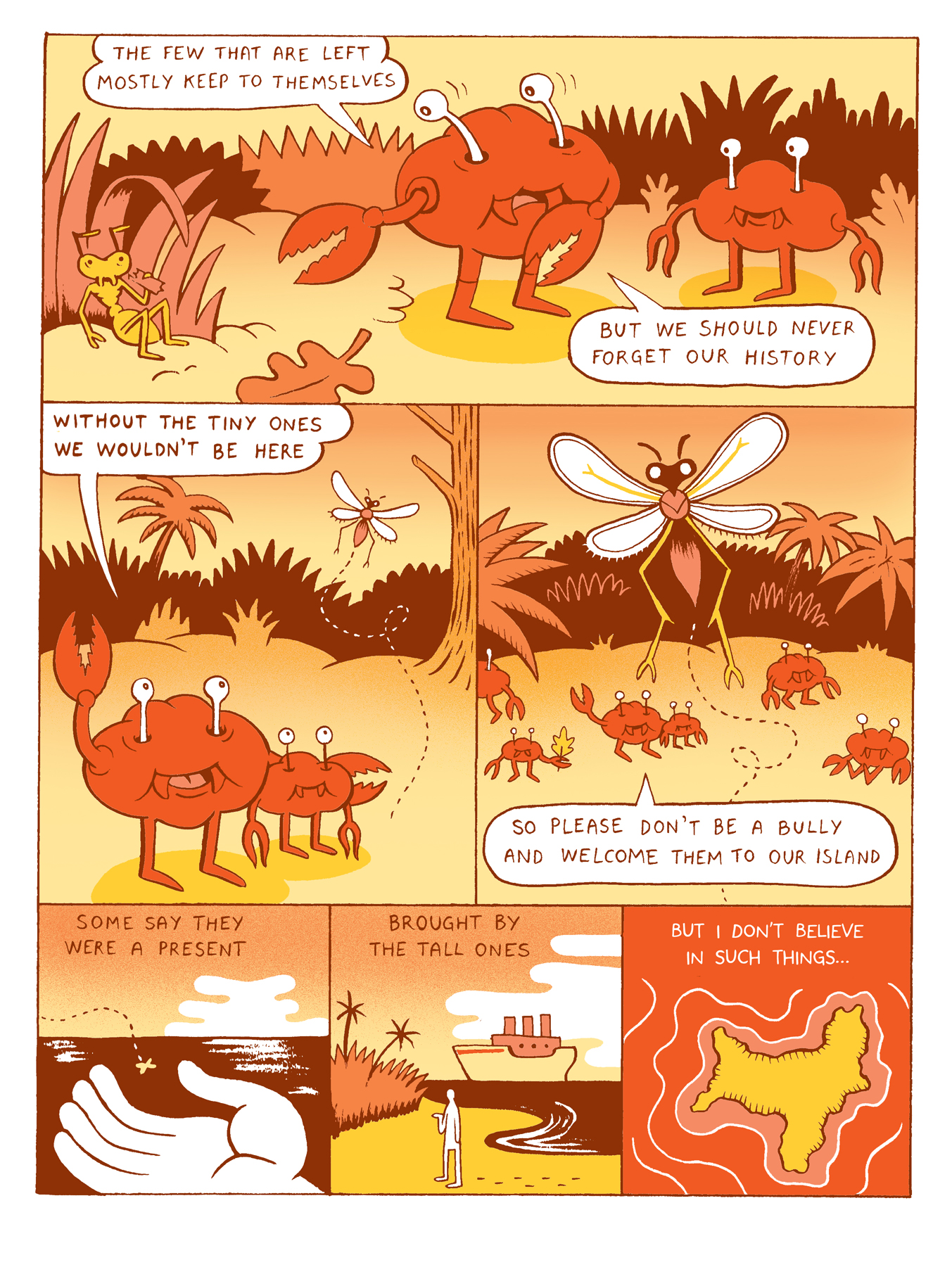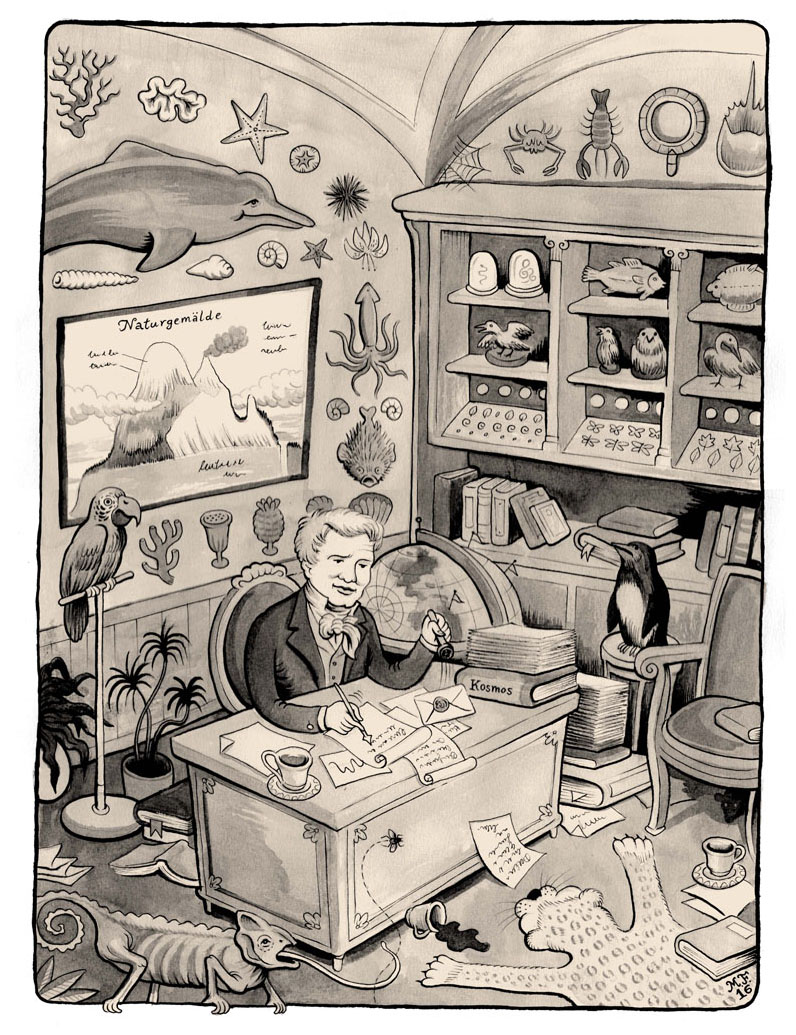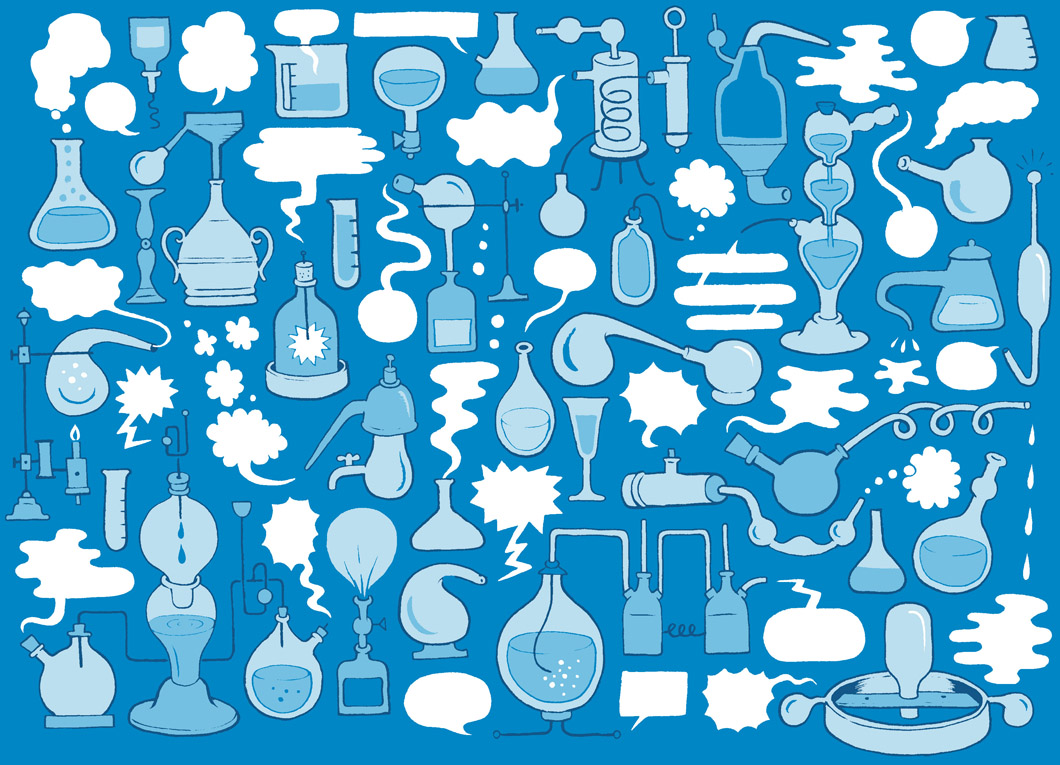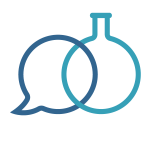Just a few years ago I was giving talks trying to convince scientists that comics could be an ideal format to communicate their research. Now, it looks like there aren’t many people left to convince! The reason for my long silence here is that this Summer I have received 3 independent commissions for nonfiction comics. Let me use this space to tell you a bit more about them:
- Academy of Science Hamburg – this German institution actually has already commissioned me 2 comic ‘posters’ one about neuroinflammation with Charlotte Schubert and the latest one about Alex Steen‘s work on Automated Reasoning, which was definitively new territory for me.
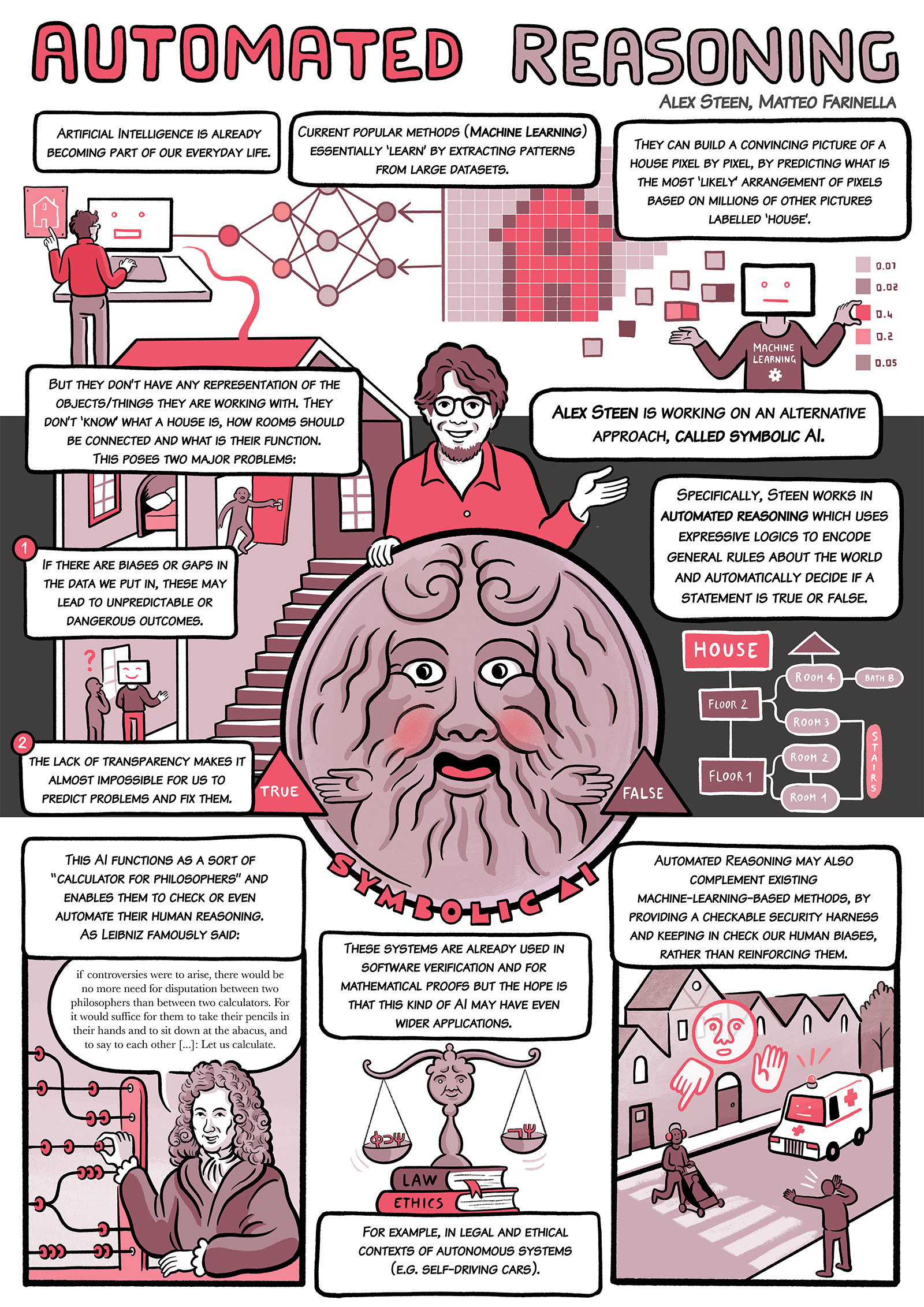
- University of California Merced – as part of their amazing Bobcat comics series I have worked on a comic with Dalia Magaña comparing ‘war’ and ‘journey’ metaphors in cancer discourse, and another comic for Meredith Van Natta on the Medical Legal Violence that uninsured people (especially immigrants) have to face in order to access healthcare in the US. These are both such important projects, that touch on so many things close to my heart (metaphors, medicine, and social justice) and I really enjoyed workshopping visual metaphors with these thinkers. If you’re local I’m also flying there for a panel on November 14.
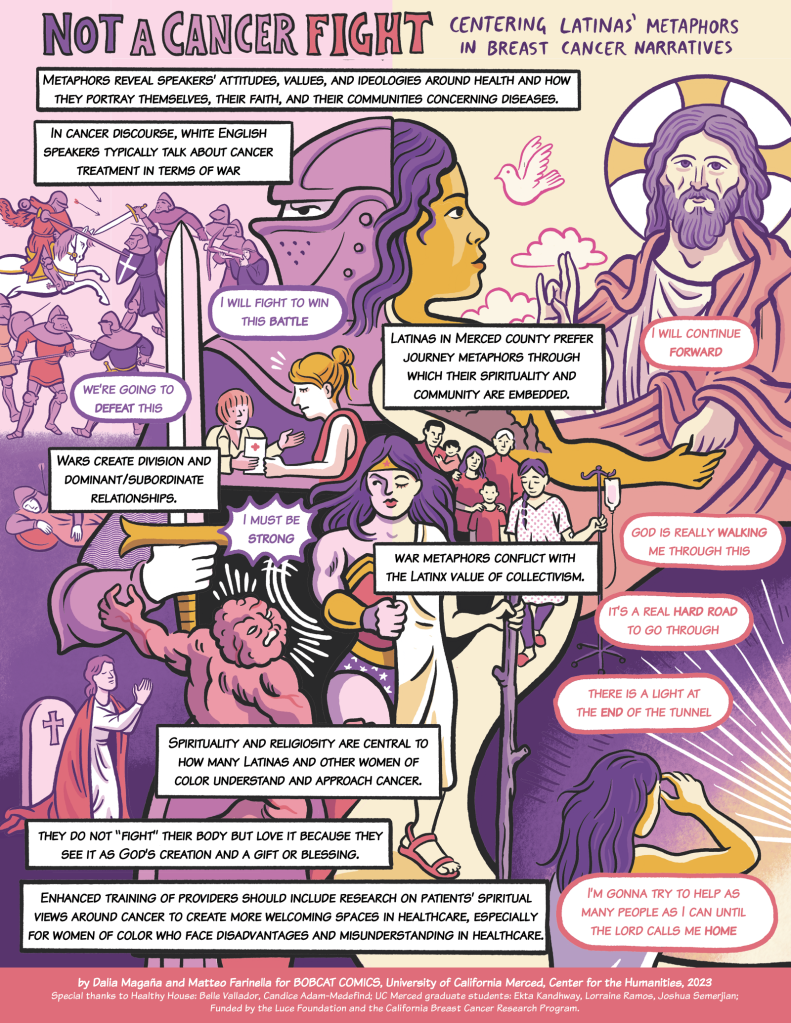
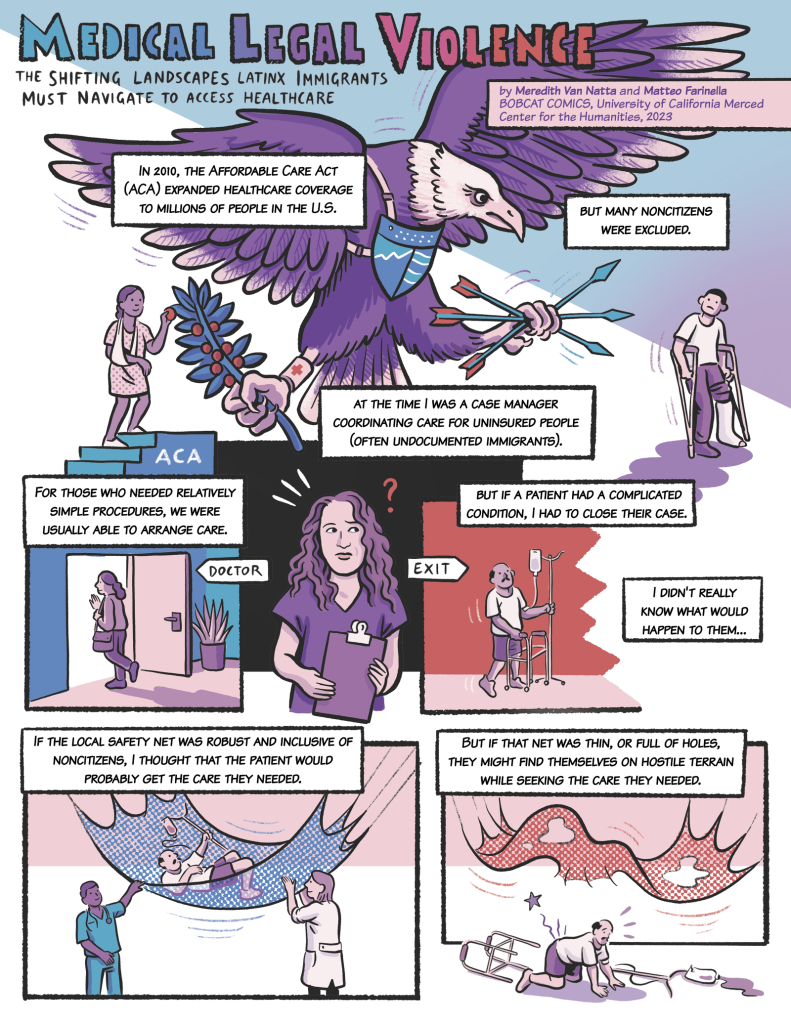
- NIH CARD – I still can’t reveal much about this project but suffice it to say that it was written in collaboration with the amazing Paige Jarreu and it’s meant as a short introduction to research into genetic markers of neurodegeneration (not an easy subject to summarize, since it spans so many scales).
I am delighted that I’m finally getting commissions for non-fiction comics. For most of my career, illustration/animation has been my main source of income, and comics remained mostly a personal passion project.
This whole experience reminded me how much I love this medium, and I believe that comics can do even more than make science fun and accessible. The combination of words and pictures can help us visualize complex ideas and structure our thinking in deeper ways. I really want to push myself to go beyond communication and to do some more graphic scholarship.
In particular, there is a book that I have been slowly writing over the years, and I think it’s finally time for me to start drawing it. I am thinking of serializing the first few chapters on my Patreon (which has been very dormant so far). Sign up now if you want to follow along!
